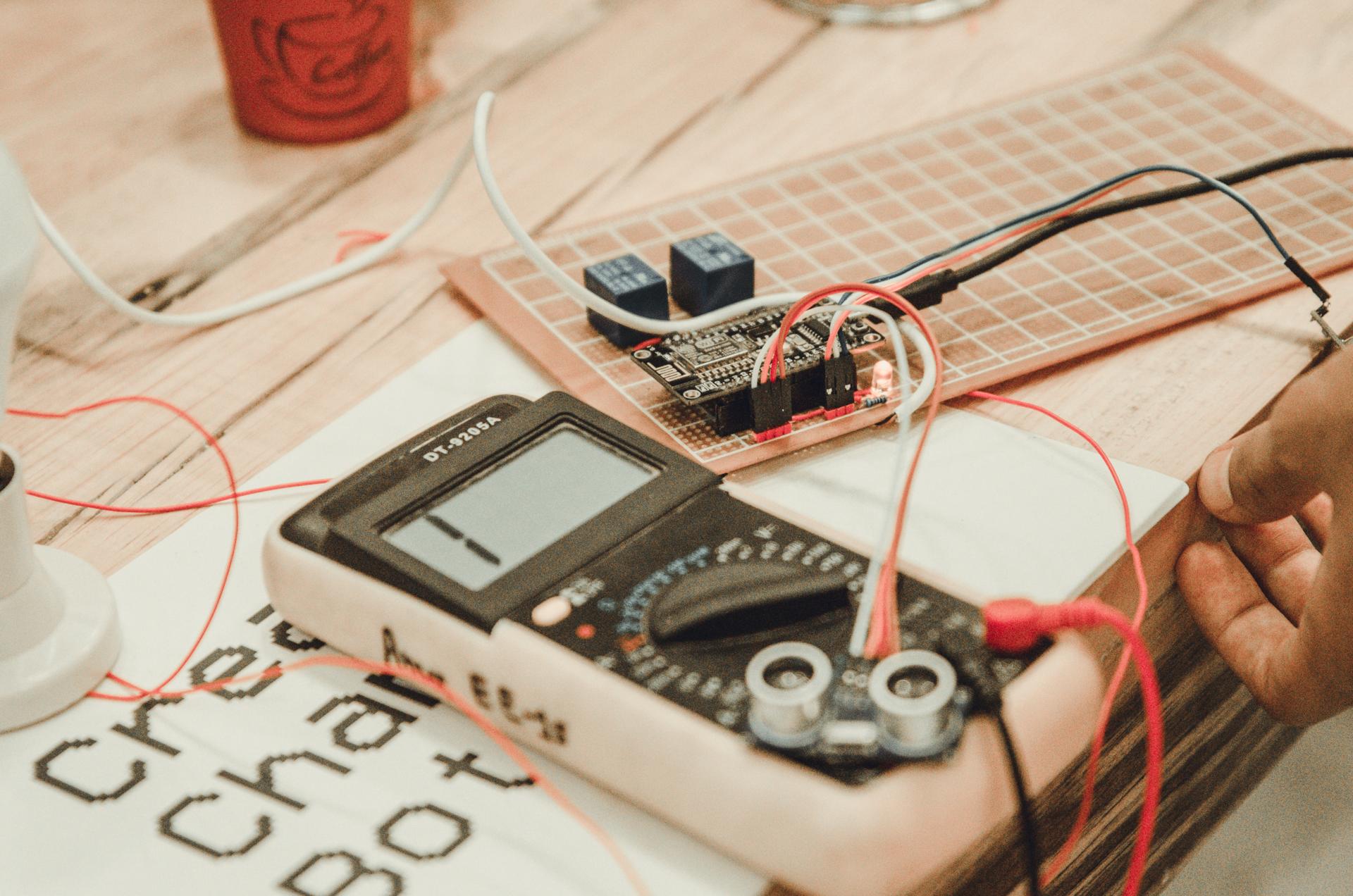Electrical Security Testing in Your House: What You Need to Know

In terms of home security, one of the most important aspects to be considered is the safety of electrical wiring. Electrical safety testing is the process of checking the electrical system in your home to ensure that it’s safe and current. In this article we’ll provide an overview of what electrical safety tests are, what tools you’ll need to conduct them, how to carry out the tests and what warning signs you should be aware of.
What’s the definition of an Electrical Safety Test?
A safety test for electrical appliances is the process of inspecting the electrical system in your home to make sure it is safe and working in a proper manner. The importance of electrical safety tests is as they can avoid electrical fires and accidents, and ensure the longevity of your electrical system.
Equipment Required to conduct an electrical Safety Test
For conducting an electrical safety test you’ll need some essential equipment. They include a voltage tester, a continuity tester, circuit tester and an outlet tester. A voltage tester can test for live circuits while the continuity tester is used to check for circuits that are damaged. The circuit tester is utilized to look for wiring issues and outlets testers are used to check for wiring issues at the outlets. It is crucial to use the tools correctly in order to obtain precise results.
How to Conduct an Electrical Safety Test
To conduct an electric safety check inside your home, follow these steps:
Turn off the power for the circuit that you’re testing.
Use this voltage tester to check whether there are live circuits.
Make use of the continuity tester to test for broken circuits.
Use the circuit tester to check for wiring faults.
Use the outlet tester to check for wiring problems in the outlets.
During the testing process, be sure to look for evidence of wear or damage on the wires for example, damaged or frayed wires, burn marks and loose wires. If you discover any problems you need to fix the issues as soon as you can to prevent any potential dangers.
Signals of electrical problems to Look Out For
There are several warning signs that could indicate electrical problems in your house. These include flickering lights and frequent circuit breaker trips and crackling or buzzing sounds emanating from outlets. They also include the appearance of outlets that are discolored or hot as well as a burning smell. If you notice any of these warning signs, it’s important to take action immediately to avoid potential electrical hazards.
Conclusion
Electrical safety tests are crucial for ensuring your safety and family. Through regular testing and fixing any issues quickly you will be able to prevent hazards to electrical equipment and extend the life of your electrical system. If you require assistance with electrical testing or repairs, don’t hesitate to contact Local Electrician North Sydney. Our team of experts can give you professional guidance and assistance. Contact us at 1300 941 876 to schedule an appointment or to request a quote.
FAQ Section
How often should I do an electrical safety check in my home?
We recommend conducting electrical safety tests at least once per year.
Can I conduct an electric safety check by myself or do I require a professional?
While it’s possible to perform the electrical test yourself however, it’s advised to employ a professional to ensure accurate results and avoid potential hazards.
What are the most common electrical problems found in an electrical safety test?
The most frequently-repeated electrical issues found during a safety test are defective wiring, circuits that are overloaded and outdated electrical systems.
What should I do if I discover a problem in the electrical safety test?
If you find an issue in the electrical safety test it is important to take action immediately. This could include making contact with an experienced electrician to resolve the issue, or replacing faulty equipment.
